Raja Ampat, an archipelago off the coast of West Papua, Indonesia, is a bucket-list destination for travelers seeking unrivaled natural beauty, biodiversity, and adventure. Known as the “Crown Jewel of the Coral Triangle,” Raja Ampat comprises over 1,500 small islands, cays, and shoals, each offering something unique. From vibrant coral reefs to dramatic limestone cliffs and secluded beaches, here’s a guide to Raja Ampat’s most famous sites for your next travel adventure.
1. Wayag Island: Raja Ampat’s Iconic Viewpoint
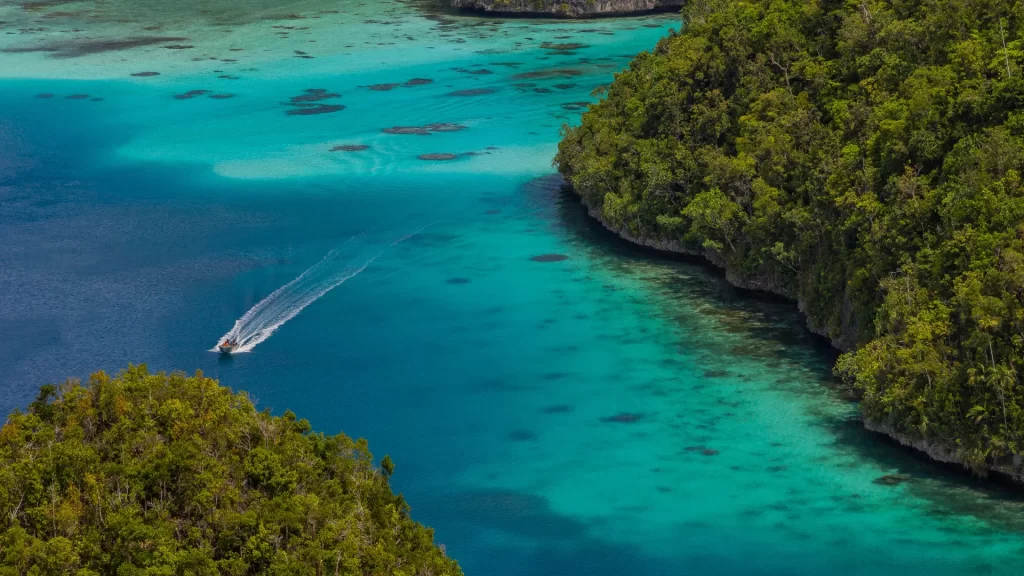
Wayag Island is synonymous with Raja Ampat’s reputation as a tropical paradise. This cluster of karst islets surrounded by crystal-clear turquoise waters is a sight to behold. Adventurous visitors can hike to the top of Mount Pindito for a panoramic view of the breathtaking seascape. The climb is steep but worth it for the reward: a postcard-perfect vista that encapsulates the magic of Raja Ampat.
Best for: Photography enthusiasts, hikers, and nature lovers.
2. Pianemo Island: The Mini Wayag
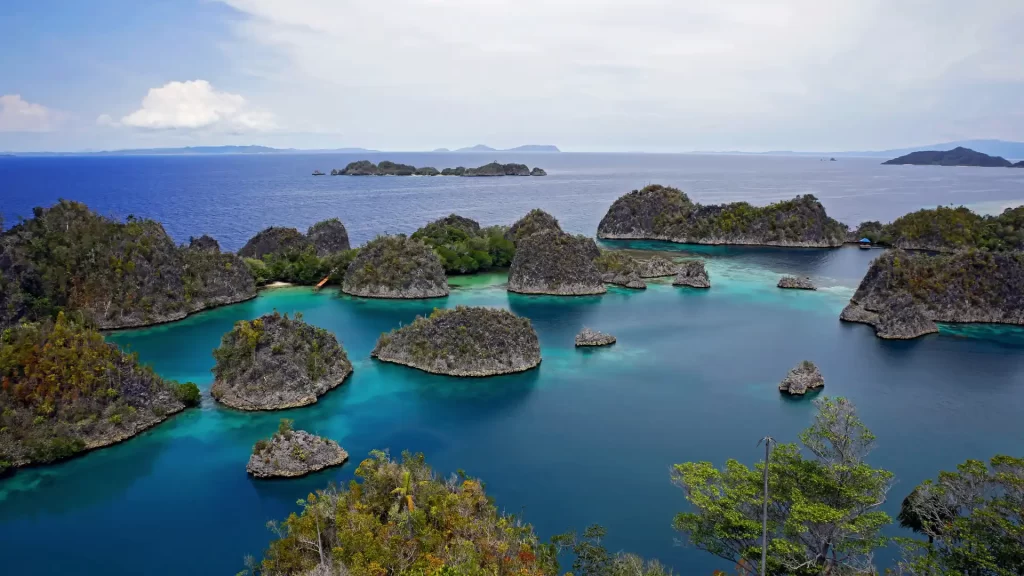
If Wayag seems too remote, Pianemo offers a similarly stunning experience with easier access. Often called the “Mini Wayag,” this spot features emerald lagoons dotted with lush islets. A short hike up a wooden staircase takes you to a viewpoint that showcases Raja Ampat’s signature beauty in all its glory.
Best for: Families, quick excursions, and travelers with limited time.
3. Misool Island: A Diver’s Dream
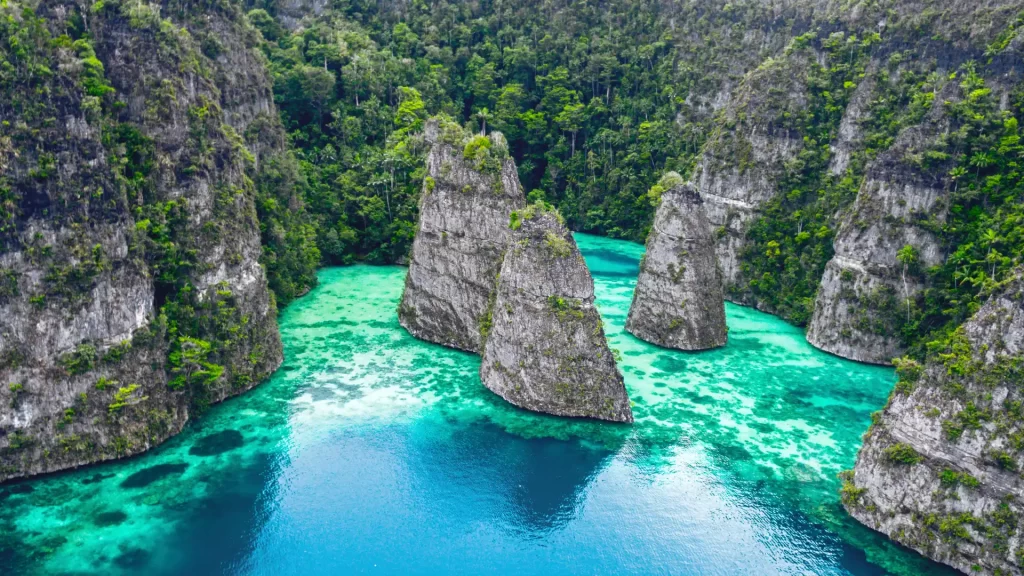
Misool is a haven for underwater adventurers. With its kaleidoscope of coral reefs and marine life, it’s among the best diving and snorkeling spots in the world. Beyond the water, Misool captivates visitors with ancient petroglyphs hidden within limestone caves and secluded beaches that feel like your own private paradise.
Best for: Divers, snorkelers, and cultural explorers.
4. Arborek Village: Cultural Immersion
For a glimpse into local life, visit Arborek, a small island village known for its warm hospitality and sustainable tourism practices. Watch traditional dance performances, interact with friendly locals, and admire the intricate craftsmanship of woven hats and bags. Arborek is also a great spot for snorkeling, as vibrant coral reefs lie just off its shores.
Best for: Cultural enthusiasts and eco-conscious travelers.
5. Cape Kri: World-Record Marine Biodiversity
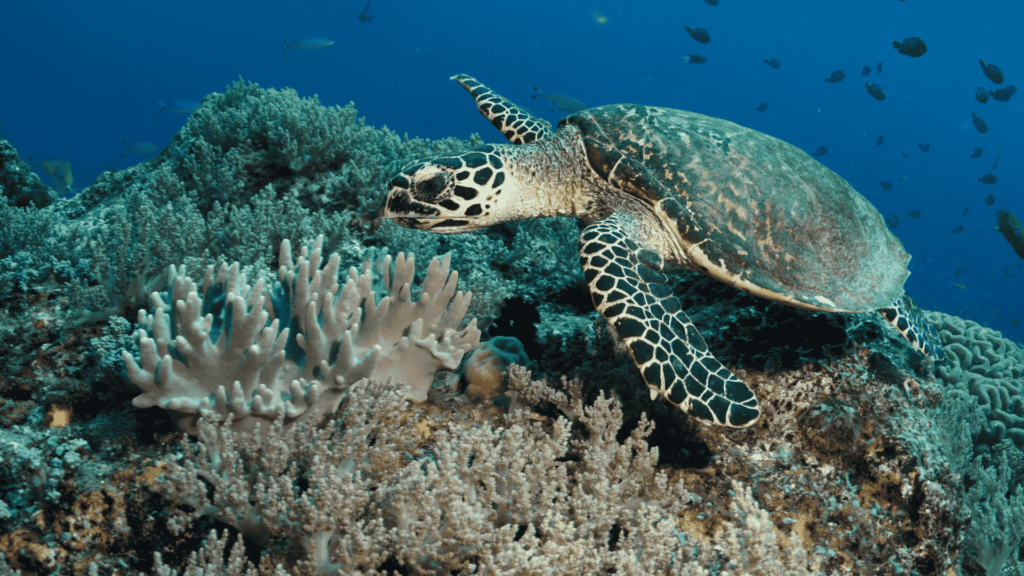
Cape Kri is renowned for its underwater treasures, holding the world record for the most fish species recorded in a single dive. The strong currents bring in a diverse array of marine life, from colorful reef fish to sharks, rays, and even sea turtles. It’s a must-visit for experienced divers seeking to explore Raja Ampat’s vibrant ecosystems.
Best for: Advanced divers and marine life enthusiasts.
6. Kabui Bay and Passage: A Scenic Exploration

Kabui Bay is where lush greenery meets striking limestone formations, creating a surreal landscape that can be explored by boat. The Kabui Passage, a narrow waterway connecting the bay to open seas, is a hidden gem where you can spot exotic bird species, mangroves, and unique rock formations.
Best for: Kayakers, bird watchers, and scenic adventurers.
7. Batanta Island: Waterfalls and Jungle Treks

While Raja Ampat is famous for its marine life, Batanta offers something for jungle enthusiasts. Trek through lush forests to discover hidden waterfalls where you can swim in refreshing natural pools. The island also features mangrove swamps and rich birdlife, making it a well-rounded destination.
Best for: Hikers and those seeking a break from water-based activities.
8. Salawati Island: A History Enthusiast’s Treasure

Salawati combines natural beauty with historical intrigue. The island is dotted with remnants of World War II, including shipwrecks and abandoned airstrips, making it a fascinating destination for history buffs. Its waters are also home to manta rays and vibrant corals.
Best for: History enthusiasts and snorkelers.
When to Visit Raja Ampat
The best time to explore Raja Ampat is during its dry season, from October to April, when the seas are calm and visibility is excellent for diving and snorkeling. Plan your trip early, as accommodations in this remote paradise are limited and highly sought after.
Where to Stay
Luxury eco-resorts such as Misool Eco Resort and Raja Ampat Dive Lodge offer world-class amenities while maintaining sustainable practices. For those seeking a more local experience, homestays in villages like Arborek provide authentic cultural immersion.
Travel Tips
- Pack Smart: Essentials include reef-safe sunscreen, mosquito repellent, and quick-dry clothing.
- Respect Nature: Raja Ampat is a marine sanctuary; practice responsible tourism by avoiding single-use plastics and following local guidelines.
- Hire a Guide: Many sites require boats to access, and local guides can provide invaluable insight into the area’s rich biodiversity and culture.
Raja Ampat’s beauty is truly unmatched, making it a dream destination for travelers seeking both adventure and tranquility. Whether you’re diving into its vibrant reefs, hiking its karst peaks, or connecting with its local culture, Raja Ampat promises an unforgettable experience.
Ready to explore Raja Ampat? Contact us to plan your tailor-made journey to this extraordinary destination.
Explore Our Indonesia Journeys
DISCOVER MORE – Top 10 Beaches and Islands in the Philippines: A Paradise for Travelers

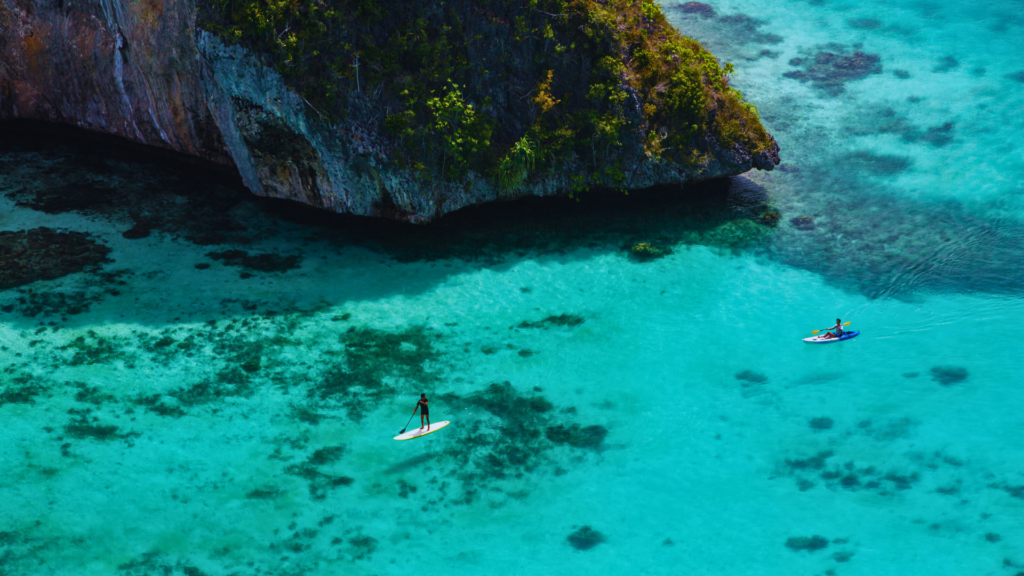
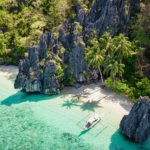
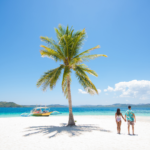
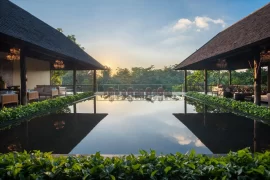


Comments are closed.